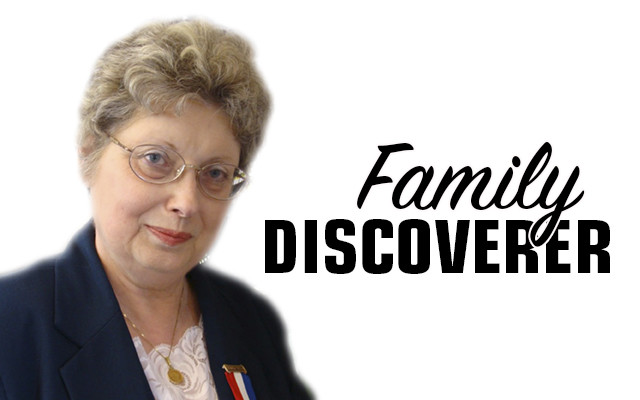
DNA and genealogy – Part 1
A few years ago I was interviewed by a newspaper on the future of genealogy and DNA. I went on record that DNA would change genealogy in the future, opening doors we could only imagine. When the piece ran I was chided by a fellow genealogist who insisted that DNA was a flash in the pan and what I said was ridiculous.
Flash forward to 2019, and I am now officially a prophetess. DNA has changed the way we do genealogy and is rewriting history. For a genealogist, DNA is a valuable tool for locating unknown relatives and breaking down brick walls. It also often allows us to peek behind the curtain to glimpse hidden DNA from distant ancestors further back than our pedigree charts show.
The ability to trace at least some of our genetic roots has become ubiquitous with advertisements on television offering moderate and low-cost kits. Your DNA sample will be compared against thousands of other samples. Computers look for common markers to determine genetic matches. That will tell you how closely someone is related to you. For example, if you have a 12 percent match with someone, that person is your first cousin meaning you share the same grandparents. No two individuals have the exact same DNA signature except identical twins, and even then over time their DNA can alter with age and circumstances.
But DNA can also reveal hidden family secrets and relationships as half-siblings or cousins are identified. I was once contacted by a woman who asked how we connect. DNA showed we were in the 4th to 6th cousin range, and she hadn’t gone any further back than one set of grandparents. Without more information I couldn’t help her, though I suggested she follow her lines and contact me again, and I shared surnames from my family tree. My husband has been contacted twice by unknown cousins who were trying to reach a parent or grandparent for information about shared medical history. In one case, a child had been given up for adoption, and his birth mother never told her husband, children, or siblings about the birth of her child.
You can easily imagine how delicate some of these situations are and how you could get yourself into a sticky situation. Luckily, each was handled discreetly, but it’s a difficult position to be placed in. These are things to consider before you agree to publicly post your DNA results.
These are only some of the things that can happen with DNA tests. In my next column, I’ll explore how law enforcement is now using our genetic DNA to apprehend criminals and how you need to consider the concept of privacy versus the ethical questions that are involved. Also, I’ll let you know of a great opportunity coming in September to learn all about DNA at the annual Maine Genealogical Society conference.
Columnist Nancy Battick of Dover-Foxcroft has researched genealogy for over 30 years. She is past president of the Maine Genealogical Society, author of several genealogical articles and co-transcribed the Vital Records of Dover-Foxcroft. Nancy holds a MA in History from UMaine and lives in Dover-Foxcroft with her husband, Jack, another avid genealogist. Reader emails are welcome at nbattick@roadrunner.com.